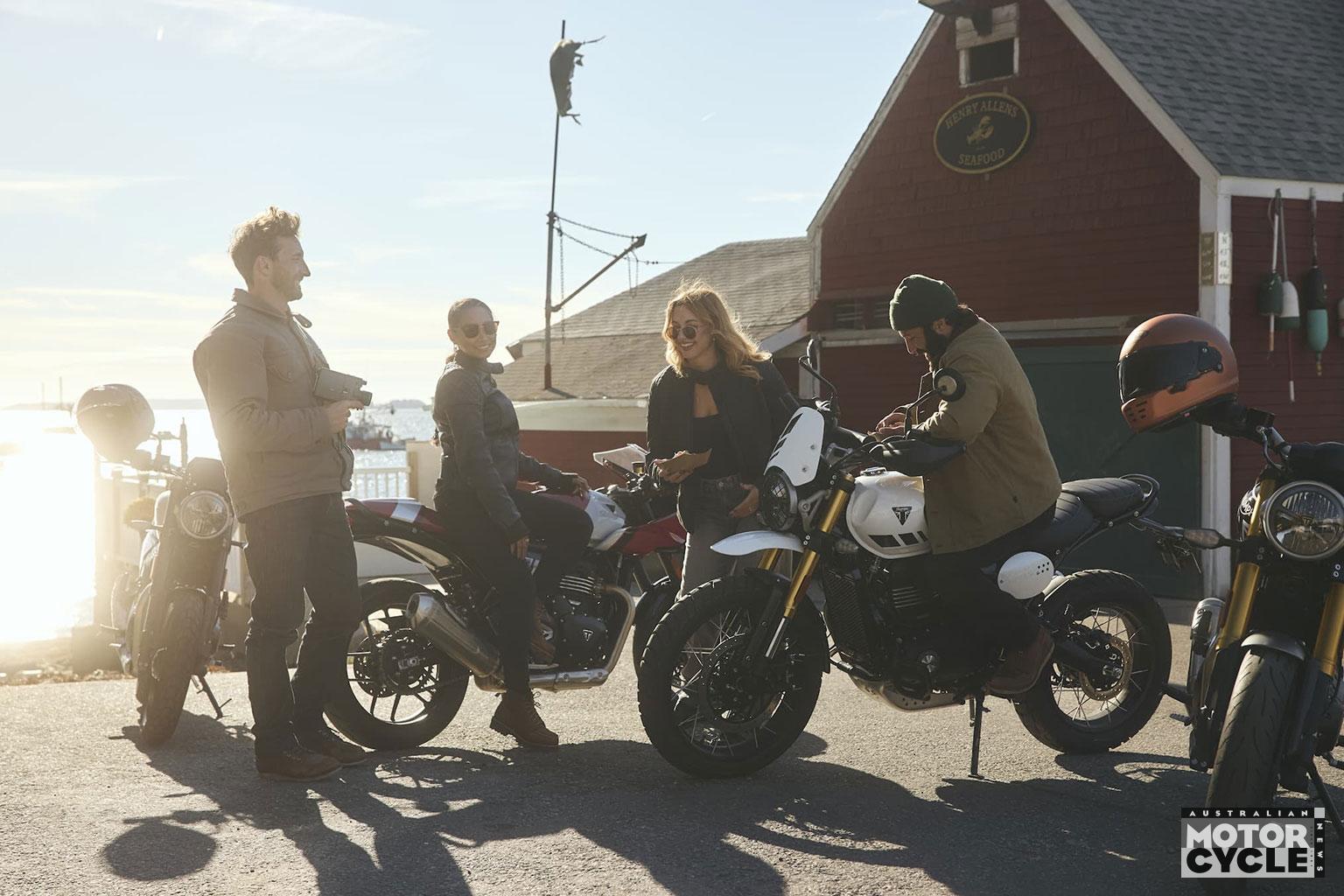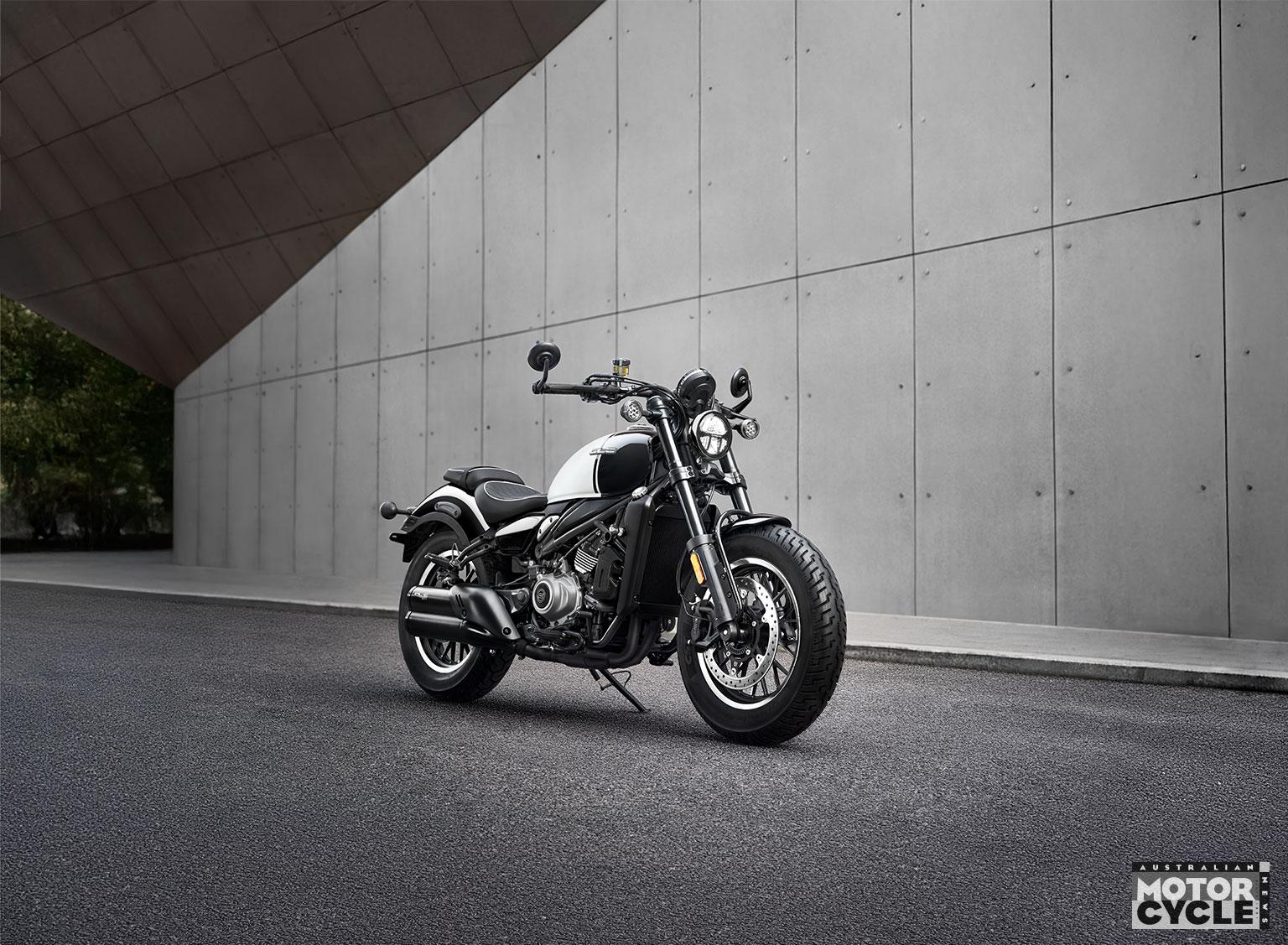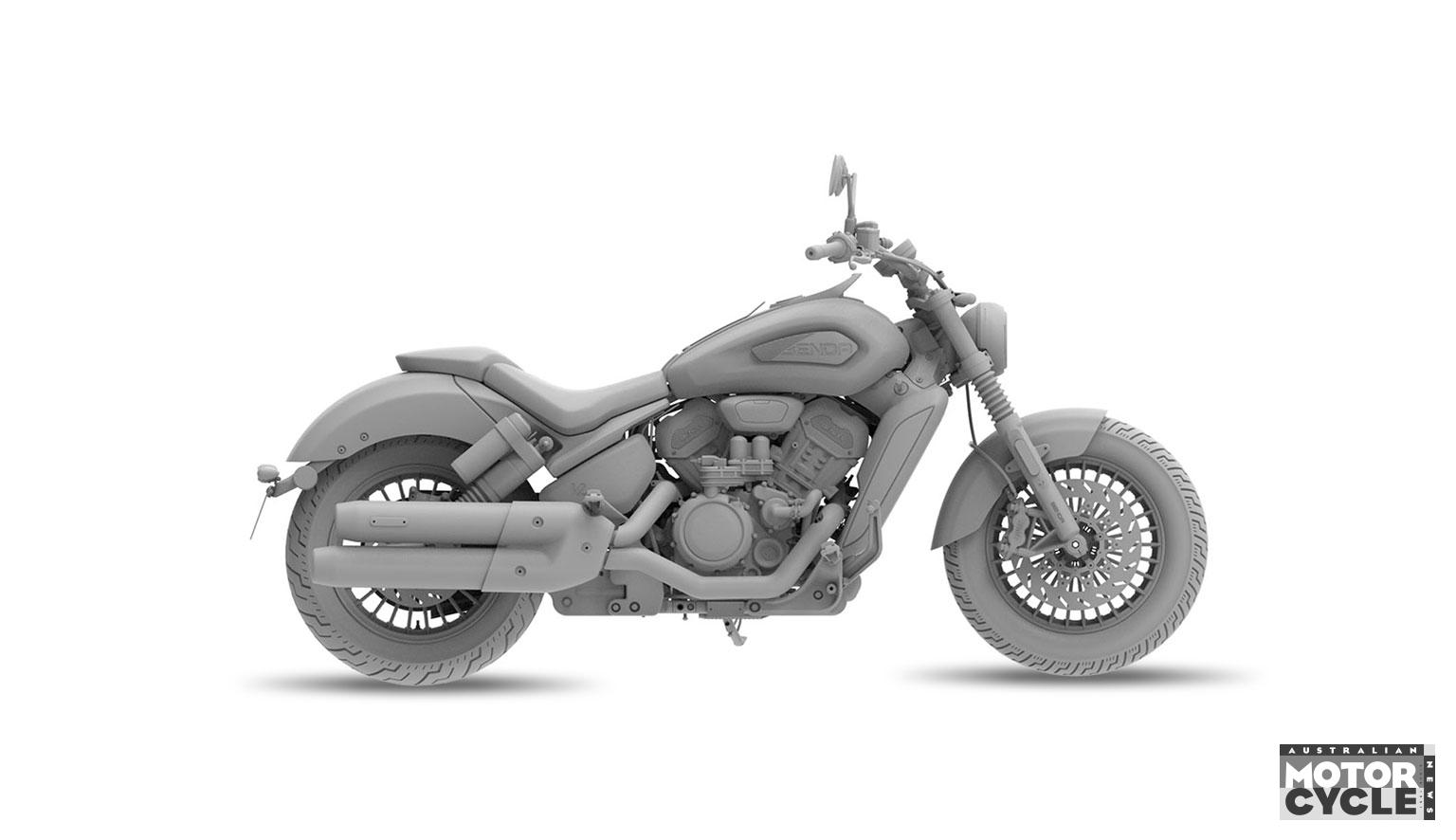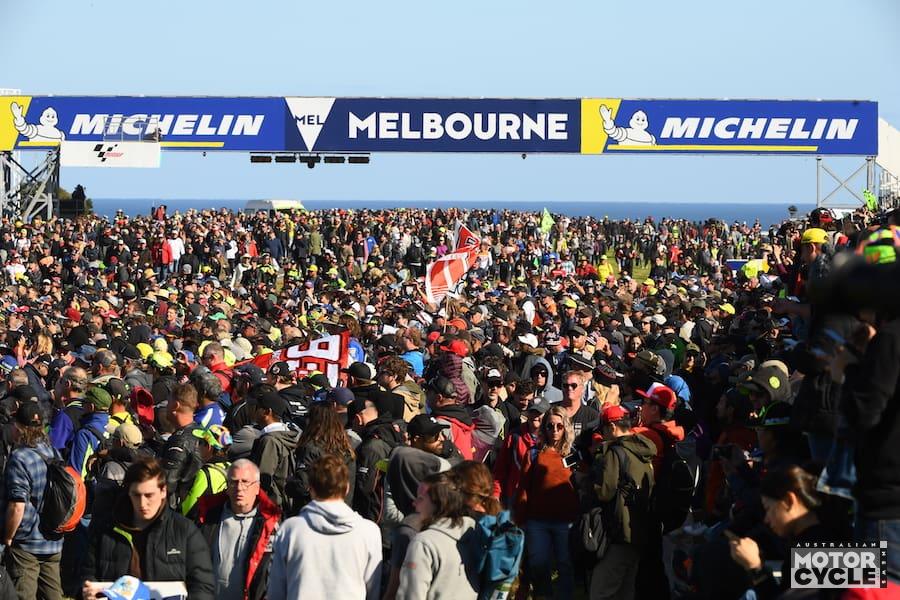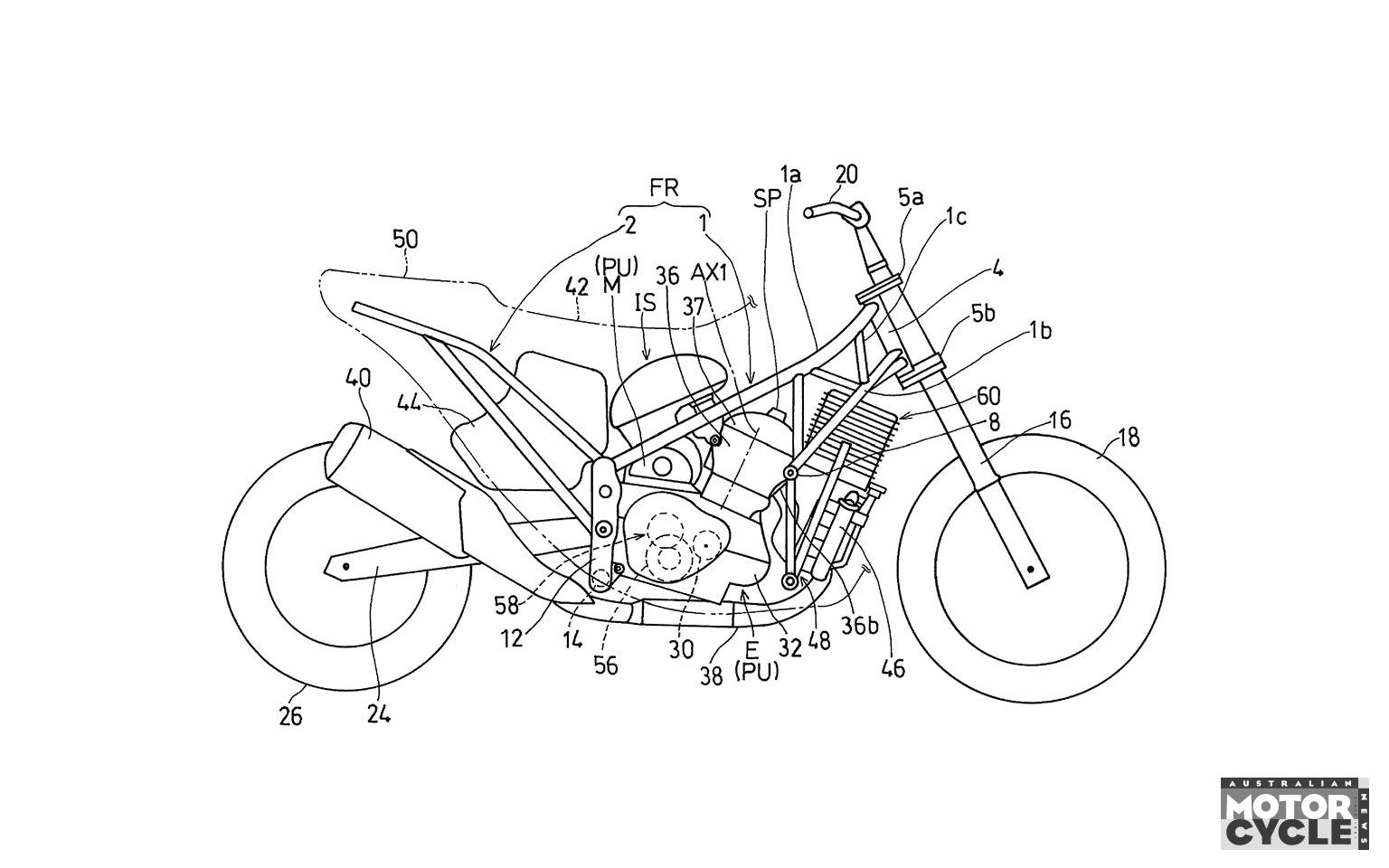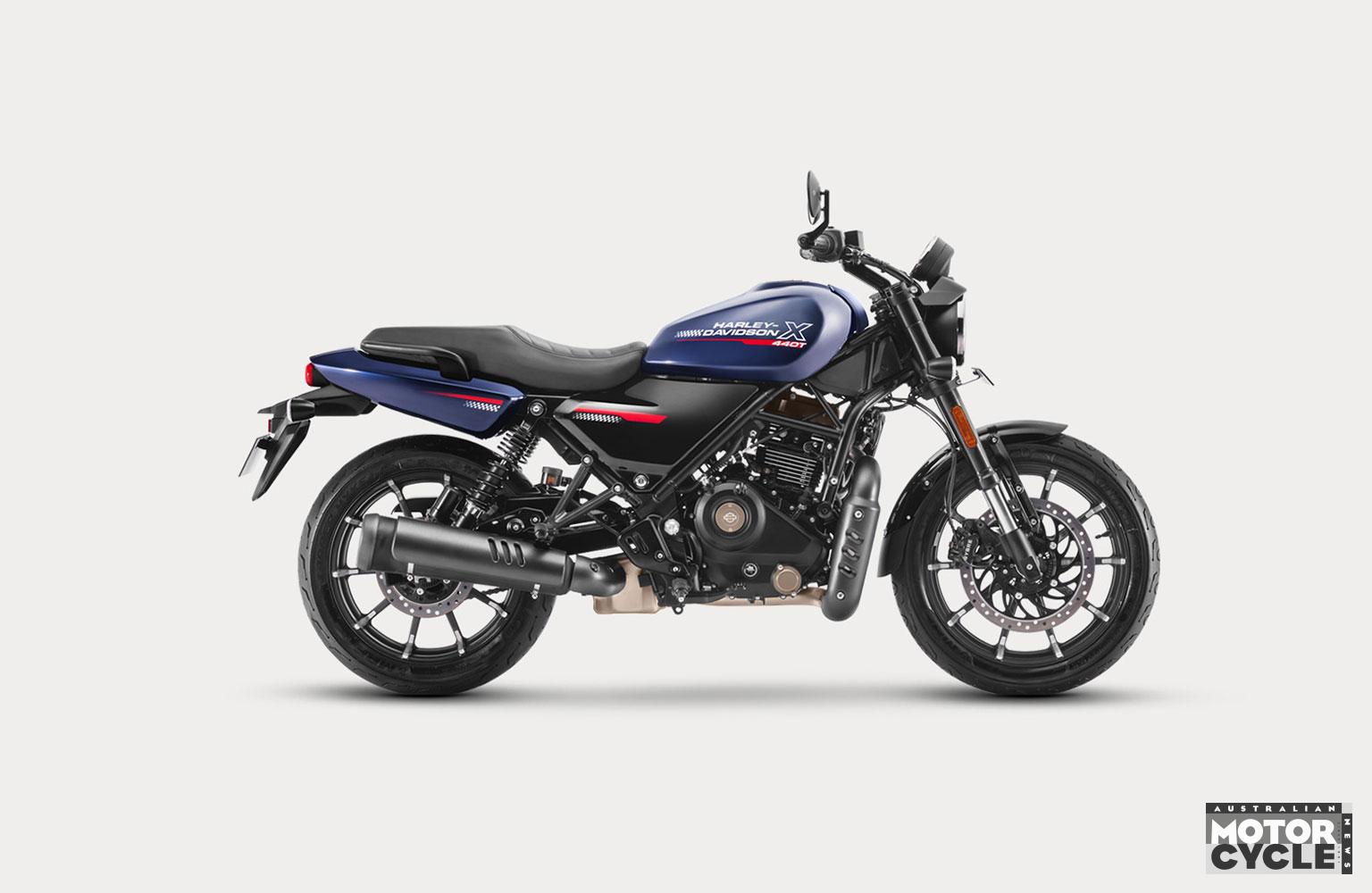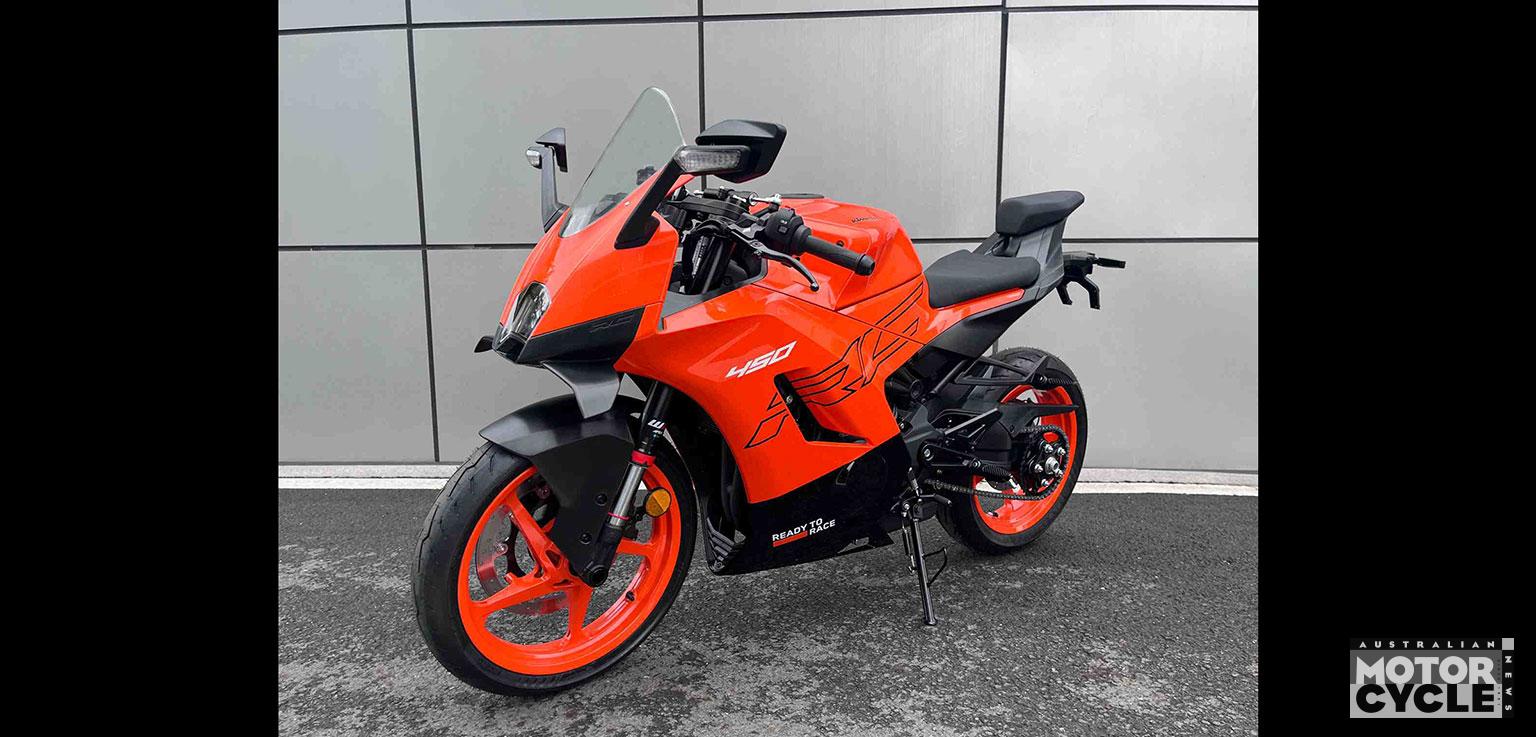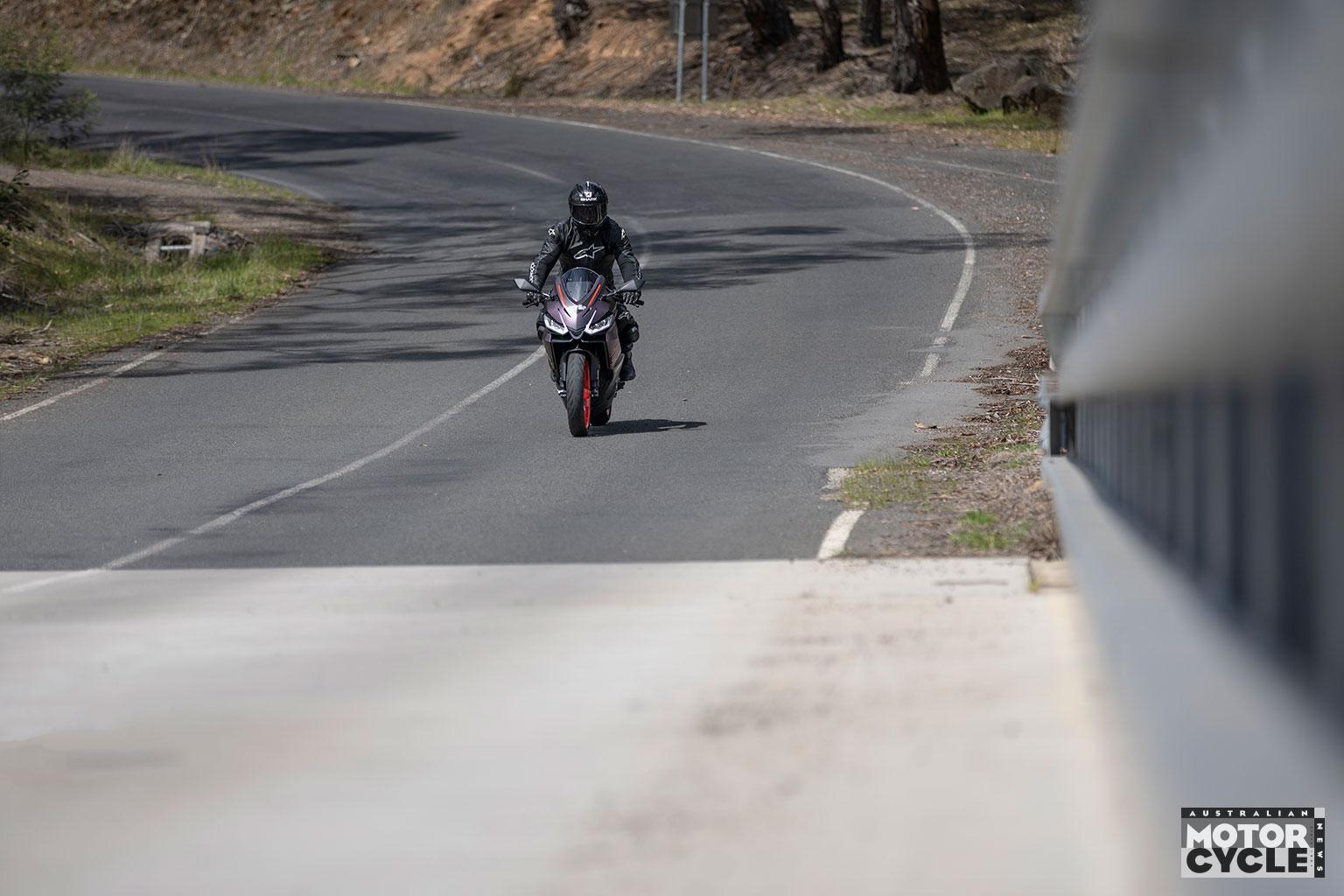Entry level Ninja e-1 & Z e-1 urban commuters now available to buy in Australia
Kawasaki’s Ninja e-1 and Z e-1 can now be purchased in dealerships, priced from $11,089 ride-away for the Z e-1 and $11,394 for the Ninja e-1 (in Melbourne). Classed as 125cc category urban commuters with a focus on zero-emissions riding, they are among the most affordable electric motorcycles on the market. The Ninja e-1 follows the established aesthetic of Kawasaki’s Ninja lineup, adopting a fully faired body, while the Z e-1 is styled as a naked bike with an exposed frame. Both include a colour scheme of silver and matte lime green to distinguish their electric platforms.

While the 9.0 kW peak power output offered by their identical electric motors may seem underwhelming compared to petrol-powered 125cc motorcycles, this is partially offset by an electric motor’s instant torque delivery, which translates into quick, responsive acceleration—ideal for urban stop-start traffic and navigating through congested streets. Top speeds in ROAD mode reach 88 km/h for the Ninja and 85 km/h for the Z, while ECO mode limits this to 64 km/h (62 km/h for the Z) to reduce energy use. Riders also have access to an “e-boost” feature, temporarily increasing speed to 99 km/h. The additional power is only available for 15 seconds though, limiting its practical application urban cruising rather than freeway use.

Kawasaki hasn’t released exact range figures, but estimates suggest a real-world range of roughly 60 km per charge from the dual 50.4 V / 30 Ah lithium-ion battery setup. That’s enough for most CBD commutes and might be extended somewhat by the regenerative braking included as standard on both models, but riders planning to venture far beyond the inner-city suburbs may experience some range-anxiety.

The charging setup is straightforward and flexible. Riders can use an external charger connected to a household outlet or remove the dual batteries for off-site charging. A full charge for each takes 3.7 hours, while a partial charge from 20% to 85% is completed in 1.6 hours.

The chassis design is borrowed from Kawasaki’s excellent Ninja 400 and Z400 models, but swapping internal combustion for electrons yields a substantial weight saving, with the Ninja coming in at 140 kg and the Z weighing just 135kg. Both models promise lithe and manoeuvrable city traffic handling, with clutch-free operation making life even simpler for the rider. Braking duties are taken care of by dual-caliper disc brakes, with a 290mm rotor at the front and 220mm rotor at the rear. ABS is included as standard, but traction control is notably absent from the list of features.
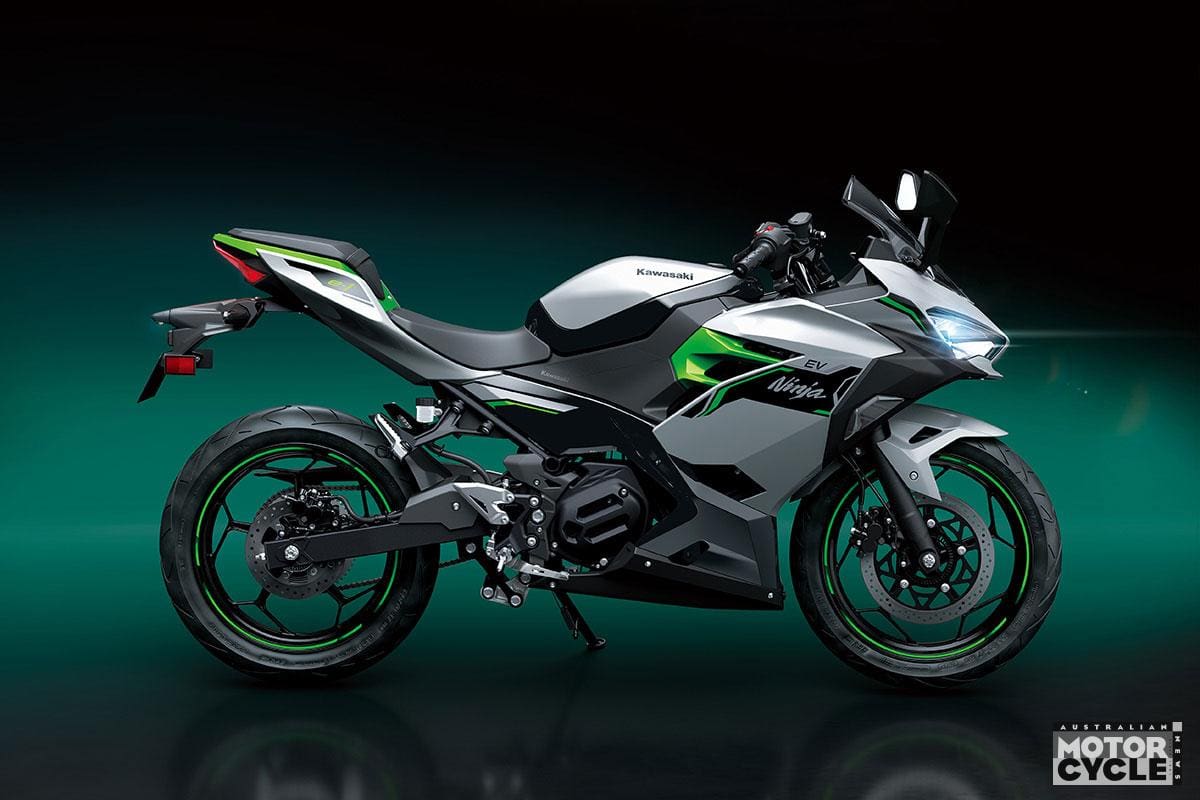
In terms of comfort, the riding stance is neutral and should work for a range of body types, with footpegs positioned slightly forward for relaxed control. The suspension—derived from Kawasaki’s experience with petrol models, should perform adequately over typical urban streets but doesn’t distinguish itself beyond basic functionality. A 4.3-inch TFT display with smartphone connectivity offers basic telemetry and system information, while a 5-litre storage box provides useful space for small essentials like gloves or rain gear.

SPECIFICATIONS (e-1 / Z e-1)
Rated Output 5.0 kW @ 2,800 rpm
Max Output 9.0 kW @ 2,600 – 4,000 rpm
Max Torque 40.5 Nm
Motor Air-cooled, interior permanent magnet synchronous motor
Riding Modes ROAD / ECO
Max Speed 88 km/h / 85 km/h
Max Speed (with e-boost) 105 km/h / 101 km/h
Battery 50.4 V / 30 Ah x2 Lithium-ion battery pack x2
Battery Weight 11.5 kg x2
Charging Time 3.7 h
Final Drive Chain
Frame Trellis, high-tensile steel
Front Suspension 41 mm telescopic fork
Rear Suspension Bottom-link Uni Trak, gas-charged shock with adjustable spring preload
Front Wheel Travel 120 mm
Rear Wheel Travel 133 mm
Rake 24.4°
Trail 93 mm
Tyres Front 100/80-17M/C 52S, rear 130/70-17M/C 62S
Brakes Front Dual-piston calpier with 290 mm disc, rear dual piston caliper with 220 mm disc
Dimensions (LxWxH) 1,980 x 690 x 1,105 mm / 1,980 x 730 x 1,035 mm
Wheelbase 1,370 mm
Road Clearance 160 mm / 170mm
Seat Height 785 mm
Curb Weight* 140 kg / 135 kg
Rider aids and electronics Riding modes, smartphone connectivity, ABS
